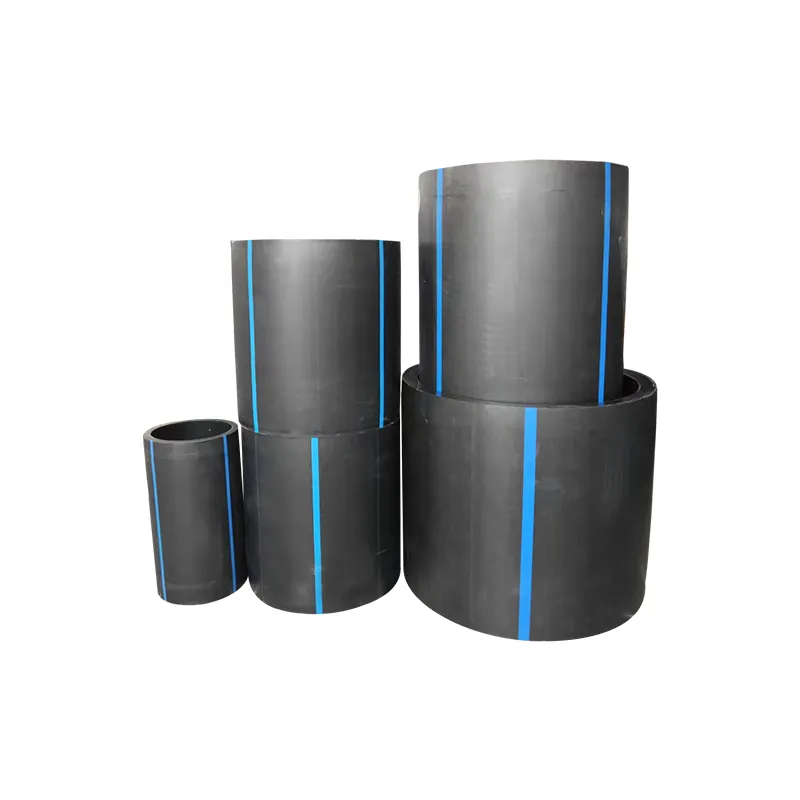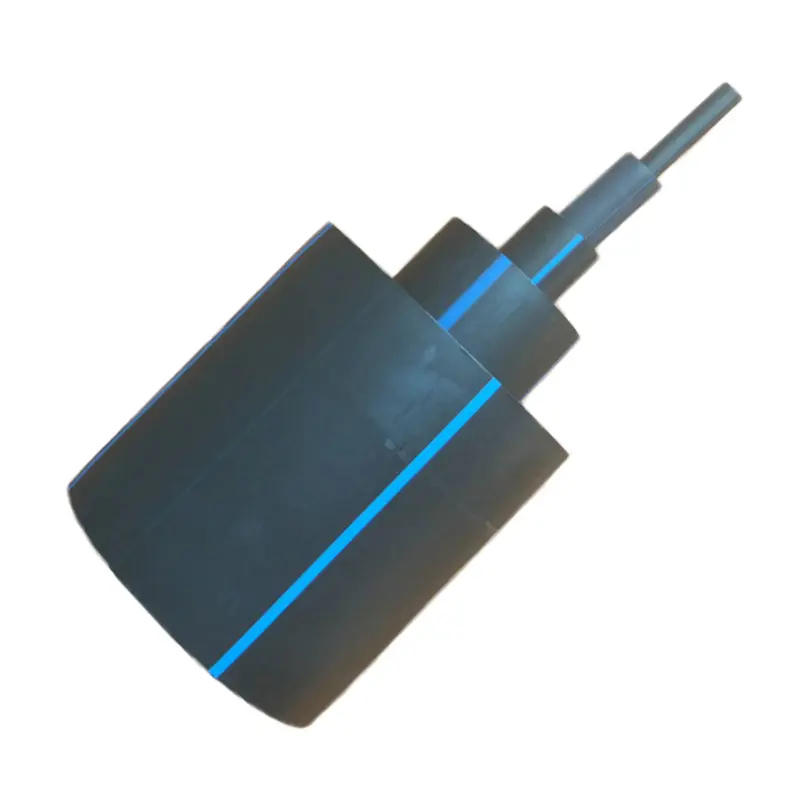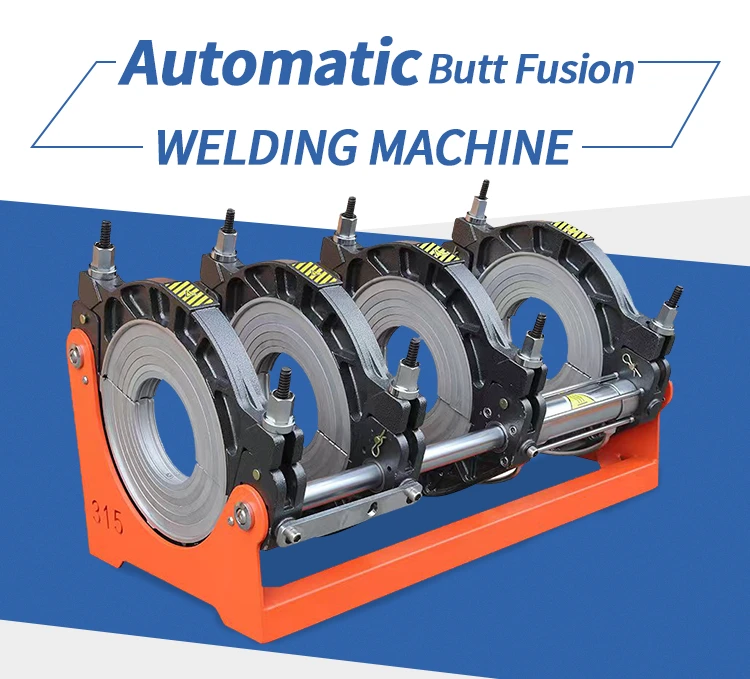Introduction
High-density polyethylene (HDPE) irrigation pipes are popular among farmers and agricultural industries for their durability, flexibility, and resistance to chemicals and UV radiation. They are commonly used for transporting water to crops and plants efficiently.
One of the advantages of HDPE irrigation pipes is their ability to withstand harsh weather conditions, such as extreme temperatures and high winds. They are also resistant to chemicals commonly used in agriculture, such as fertilizers and pesticides, which can corrode other types of pipes. Furthermore, HDPE pipes are able to withstand UV radiation without degradation, making them suitable for outdoor use.
HDPE irrigation pipes are available in various sizes and thicknesses, depending on the application and water pressure requirements. They can be easily welded together using heat fusion, creating a leak-free joint. This makes installation and maintenance of the pipeline system more efficient.
In addition to their use in agriculture, HDPE irrigation pipes are also employed in other applications such as water supply and sewage systems. Their durability and resistance to chemicals and UV radiation makes them ideal for transporting water and other fluids in various industries.
Overall, HDPE irrigation pipes are a reliable and durable option for transporting water to crops and plants efficiently. Their resistance to harsh weather conditions, chemicals, and UV radiation make them a popular choice among farmers and agricultural industries.
Specification
| Specification PE80 | Specification PE100 | ||||||||||
| dn(mm) | SDR | dn(mm) | SDR | ||||||||
| SDR33 | SDR21 | SDR17 | SDR13.6 | SDR11 | SDR26 | SDR21 | SDR17 | SDR13.6 | SDR11 | ||
| PN,Mpa | PN,Mpa | ||||||||||
| 0.4 | 0.6 | 0.8 | 1.0 | 1.25 | 0.6 | 0.8 | 1.0 | 1.25 | 1.6 | ||
| en(mm) | en(mm) | ||||||||||
| 0.4 | 0.6 | 0.8 | 1.0 | 1.25 | 0.6 | 0.8 | 1.0 | 1.25 | 1.6 | ||
| 25 | - | - | - | - | 2.3 | 32 | - | - | - | - | 3.0 |
| 32 | - | - | - | - | 3.0 | 40 | - | - | - | - | 3.7 |
| 40 | - | - | - | - | 3.7 | 50 | - | - | - | - | 4.6 |
| 50 | - | - | - | - | 4.6 | 63 | - | - | - | 4.7 | 5.8 |
| 63 | - | - | - | 4.7 | 5.8 | 75 | - | - | 4.5 | 5.6 | 6.8 |
| 75 | - | - | 4.5 | 5.6 | 6.8 | 90 | - | 4.3 | 5.5 | 6.7 | 8.2 |
| 90 | - | 4.3 | 5.5 | 6.7 | 8.2 | 110 | 4.2 | 5.3 | 6.6 | 8.1 | 10.0 |
| 110 | - | 5.3 | 6.6 | 8.1 | 10.0 | 125 | 4.8 | 6.0 | 7.4 | 9.2 | 11.4 |
| 125 | - | 6.0 | 7.4 | 9.2 | 11.4 | 140 | 5.4 | 6.7 | 8.3 | 10.3 | 12.7 |
| 140 | 4.3 | 6.7 | 8.3 | 10.3 | 12.7 | 160 | 6.2 | 7.7 | 9.5 | 11.8 | 14.6 |
| 160 | 4.9 | 7.7 | 9.5 | 11.8 | 14.6 | 180 | 6.9 | 8.6 | 10.7 | 13.3 | 16.4 |
| 180 | 5.5 | 8.6 | 10.7 | 13.3 | 16.4 | 200 | 7.7 | 9.6 | 11.9 | 14.7 | 18.2 |
| 200 | 6.2 | 9.6 | 11.9 | 14.7 | 18.2 | 225 | 8.6 | 10.8 | 13.4 | 16.6 | 20.5 |
| 225 | 6.9 | 10.8 | 13.4 | 16.6 | 20.5 | 250 | 9.6 | 11.9 | 14.8 | 18.4 | 22.7 |
| 250 | 7.7 | 11.9 | 14.8 | 18.4 | 22.7 | 280 | 10.7 | 13.4 | 16.6 | 20.6 | 25.4 |
| 280 | 8.6 | 13.4 | 16.6 | 20.6 | 25.4 | 315 | 12.1 | 15.0 | 18.7 | 23.2 | 28.6 |
| 315 | 9.7 | 15.0 | 18.7 | 23.2 | 28.6 | 355 | 13.6 | 16.9 | 21.1 | 26.1 | 32.2 |
| 355 | 10.9 | 16.9 | 21.1 | 26.1 | 32.2 | 400 | 15.3 | 19.1 | 23.7 | 29.4 | 36.3 |
| 400 | 12.3 | 19.1 | 23.7 | 29.4 | 36.3 | 450 | 17.2 | 21.5 | 26.7 | 33.1 | 40.9 |
| 450 | 13.8 | 21.5 | 26.7 | 33.1 | 40.9 | 500 | 19.1 | 23.9 | 29.7 | 36.8 | 45.4 |
| 500 | 15.3 | 23.9 | 29.7 | 36.8 | 45.4 | 560 | 21.4 | 26.7 | 33.2 | 41.2 | 50.9 |
| 560 | 17.2 | 26.7 | 33.2 | 41.2 | 50.9 | 630 | 24.1 | 30.0 | 37.4 | 46.3 | 57.2 |
| 630 | 19.3 | 30.0 | 37.4 | 46.3 | 57.2 | 710 | 27.2 | 33.9 | 42.1 | 52.2 | - |
| 710 | 21.8 | 33.9 | 42.1 | 52.2 | - | 800 | 30.6 | 38.1 | 47.4 | 58.8 | - |
| 800 | 24.5 | 38.1 | 47.4 | 58.8 | - | 900 | 34.4 | 42.9 | 53.3 | - | - |
| 900 | 27.6 | 42.9 | 53.3 | - | - | 1000 | 38.2 | 47.7 | 59.3 | - | - |
| 1000 | 30.6 | 47.7 | 59.3 | - | - | 1200 | 45.9 | 57.2 | 67.9 | - | - |
| 1200 | 36.7 | 57.2 | 67.9 | - | - | 1400 | 53.5 | 66.7 | 82.4 | - | - |
| 1400 | 42.9 | 66.7 | 82.4 | - | - | 1600 | 61.2 | 76.2 | 94.1 | - | - |
| 1600 | 49.0 | 76.2 | 94.1 | - | - | ||||||
Applications

HDPE irrigation pipes are widely used in the agricultural industry for transporting water to crops and plants. Some of the common applications for HDPE irrigation pipes include:
1. Irrigation systems: HDPE pipes are commonly used in irrigation systems to transport water from the source to the fields efficiently.
2. Sprinkler systems: HDPE pipes are used to create irrigation systems that spray water directly onto plants with sprinklers, providing an even distribution of water for better plant growth.
3. Drip irrigation: HDPE pipes are used in drip irrigation systems where water is delivered straight to the roots of plants in a slow and controlled manner, reducing water usage and promoting better plant growth.
4. Drainage systems: HDPE pipes are used in drainage systems to prevent soil erosion and remove excess water from fields, preventing waterlogging that can adversely affect crop growth.
5. Water supply systems: HDPE pipes are used in drinking water supply systems because of their durability and resistance to corrosion, chemicals, and UV radiation.
6. Sewage systems: HDPE pipes are used in sewage systems for their ability to handle high flow rates and resist erosion and corrosion.
Overall, HDPE irrigation pipes are versatile and suitable for use in various applications, where durability, flexibility, and resistance to chemicals and UV radiation are essential factors.
If you have any inquiry about HDPE Pipe and Fittings, Contact Us Now! Get A Free Quote Quickly!
Required Fittings
To connect HDPE irrigation pipes for efficient water transportation, various fittings may be required for a tight and secure connection. Some of the common HDPE irrigation pipe fittings include:
1. Couplers: Couplers are used to connect two pieces of HDPE irrigation pipes together.
2. Elbows: Elbows are used to change direction, allowing the irrigation pipeline to navigate corners and obstructions.
3. Tees: Tees are used to create a branch or junction in the irrigation pipeline for an efficient water distribution system.
4. Reducers: Reducers are used to connect pipes of different sizes, enabling the irrigation system to adapt to varying flow rates.
5. End caps: End caps are used to seal the end of an HDPE irrigation pipe, preventing water from escaping and protecting the interior from debris and other contaminants.
6. Flanges: Flanges are used to connect HDPE pipes to other pipeline systems or equipment.
It is important to choose fittings that are compatible with HDPE irrigation pipes and meet the required design specifications for a safe and leak-free pipeline system. The choice of fittings largely depends on the specific application and requirements of the irrigation system.
Product Video

551.webp)
683.webp)
286.webp)
698.webp)

476.webp)
420.webp)

720.webp)


294.webp)
146.webp)


